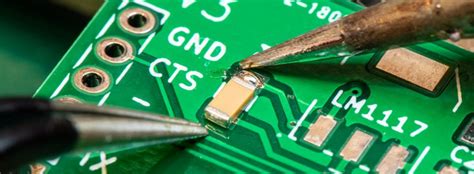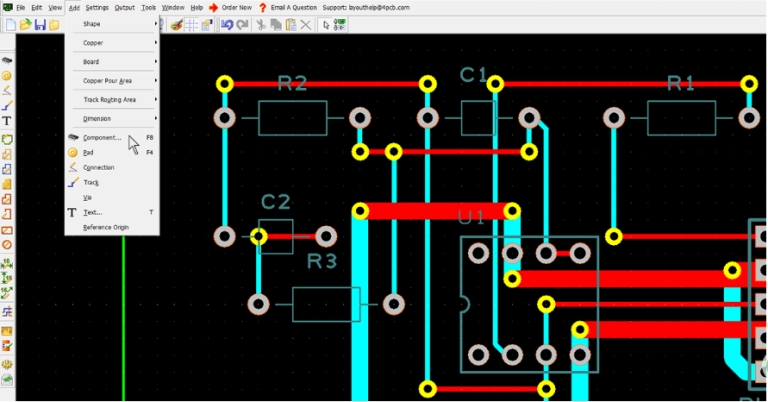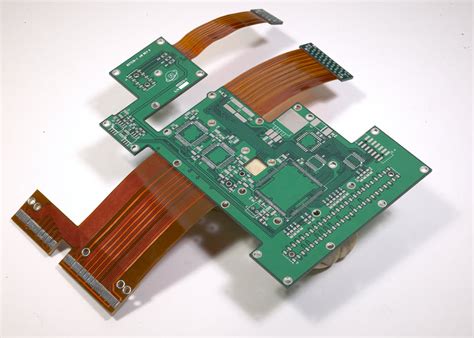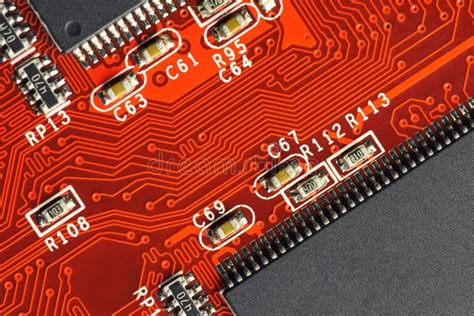The Role of AD in the PCB Industry: A Comprehensive Analysis
Introduction
The Printed Circuit Board (PCB) industry has undergone remarkable transformations over the past few decades, driven by technological advancements and increasing demands for higher performance, miniaturization, and reliability. Among the various technologies shaping this evolution, Application Design (AD) has emerged as a critical component in modern PCB development. This 2000-word article explores the multifaceted role of AD in the PCB industry, examining its impact on design efficiency, product quality, manufacturing processes, and overall industry competitiveness.
Understanding AD in the PCB Context
Before delving into its applications, it’s essential to define what AD represents in the PCB industry. Application Design refers to the comprehensive process of creating electronic designs that meet specific functional requirements while considering all aspects of manufacturability, reliability, and performance. In PCB development, AD encompasses schematic capture, component selection, layout design, signal integrity analysis, thermal management, and design for manufacturability (DFM) considerations.
AD tools have evolved from simple drawing programs to sophisticated software suites that integrate multiple aspects of electronic design, offering simulation capabilities, automated routing, and collaboration features. These tools have become indispensable in modern PCB development, enabling designers to tackle increasingly complex challenges while reducing time-to-market.
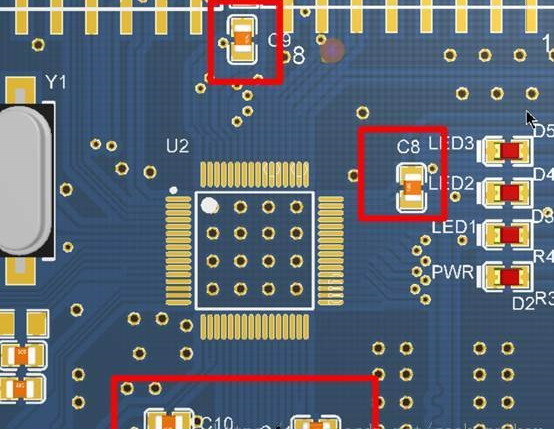
The Impact of AD on PCB Design Efficiency
One of the most significant contributions of AD to the PCB industry is the dramatic improvement in design efficiency. Modern AD software has revolutionized how PCB layouts are created, modified, and optimized:
1. Automated Routing Capabilities
Advanced AD tools incorporate intelligent auto-routing algorithms that can significantly reduce layout time for complex designs. While manual routing is still essential for critical signals, automated routing handles the bulk of connections, allowing designers to focus on optimization rather than basic connectivity.
2. Design Reuse and Modular Approaches
AD systems facilitate the creation and management of component libraries and design blocks that can be reused across multiple projects. This modular approach not only saves time but also ensures consistency and reduces the likelihood of errors in frequently used circuit elements.
3. Real-time Design Rule Checking (DRC)
Modern AD tools perform continuous DRC during the design process, immediately flagging violations of spacing rules, clearance requirements, or other manufacturing constraints. This real-time feedback prevents the accumulation of errors that would otherwise require time-consuming corrections later in the design cycle.
4. Collaborative Design Features
Cloud-based AD platforms enable geographically dispersed teams to work on the same design simultaneously, with version control and change tracking mechanisms. This capability has become particularly valuable in today’s globalized electronics industry.
These efficiency gains translate directly into reduced development costs and faster time-to-market, providing competitive advantages to companies that effectively leverage AD technologies.

Enhancing PCB Quality and Reliability Through AD
Beyond efficiency, AD plays a crucial role in improving the quality and reliability of PCB products:
1. Signal Integrity Analysis
High-speed digital designs and RF applications demand careful attention to signal integrity. AD tools with integrated simulation capabilities allow designers to analyze and optimize signal paths for impedance matching, crosstalk reduction, and timing requirements before physical prototypes are built.
2. Power Integrity Management
Modern AD systems include power distribution network analysis tools that help designers ensure stable power delivery across the entire board, minimizing voltage drops and ground bounce that can lead to circuit malfunctions.
3. Thermal Analysis and Management
Advanced AD software can simulate thermal performance, identifying potential hot spots and enabling designers to optimize component placement, copper pours, and heat dissipation strategies before manufacturing begins.
4. EMI/EMC Considerations
Electromagnetic interference (EMI) and compatibility (EMC) are critical concerns in PCB design. AD tools with electromagnetic simulation capabilities help designers identify and mitigate potential EMI issues early in the design process.
By incorporating these analyses into the design phase, AD significantly reduces the likelihood of costly redesigns and field failures, ultimately leading to more reliable end products.
AD’s Role in Manufacturing Preparation
The transition from design to manufacturing is a critical phase in PCB development, and AD tools play several important roles in ensuring smooth manufacturing:
1. Design for Manufacturability (DFM)
AD systems incorporate DFM rules specific to various manufacturing processes and capabilities. These rules help designers create boards that can be reliably and cost-effectively produced, considering factors like minimum trace widths, spacing, hole sizes, and layer registration requirements.
2. Automated Documentation Generation
AD tools automatically generate comprehensive manufacturing packages including Gerber files, drill files, bill of materials (BOM), assembly drawings, and other documentation required for production. This automation reduces errors and ensures consistency across all manufacturing documents.
3. Panelization Support
For efficient production, PCBs are often arrayed on larger panels. AD tools provide panelization capabilities that optimize material usage while considering breakaway tabs, fiducial markers, and other panel requirements.
4. Integration with CAM Systems
Many AD platforms offer seamless integration with Computer-Aided Manufacturing (CAM) systems, facilitating smooth data transfer and reducing the potential for errors in the manufacturing preparation process.
These features significantly reduce the iteration cycles between design and production, lowering overall development costs and improving time-to-market.
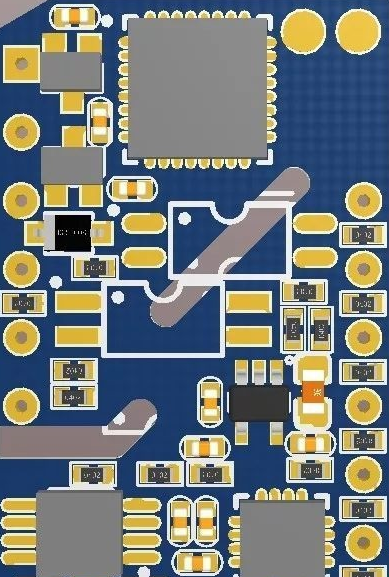
Enabling Advanced PCB Technologies Through AD
The capabilities of modern AD tools have been instrumental in enabling several advanced PCB technologies:
1. High-Density Interconnect (HDI) PCBs
HDI technology, with its microvias, fine pitch components, and dense routing, would be extremely challenging to design without advanced AD tools capable of managing complex layer stacks and sophisticated routing requirements.
2. Flexible and Rigid-Flex PCBs
The unique challenges of flexible circuit design, including bend radius management and layer transition areas, are addressed by specialized AD tools that understand the mechanical as well as electrical requirements of these designs.
3. Embedded Components
AD tools support the design of PCBs with passive components embedded within the board layers, requiring precise modeling of material properties and interaction between embedded and surface-mounted components.
4. High-Speed Digital Designs
Modern AD tools with advanced signal integrity simulation capabilities are essential for designing PCBs supporting multi-gigabit data rates, DDR memory interfaces, and other high-speed applications.
Without the continuous advancement of AD technologies, many of these cutting-edge PCB technologies would be impractical or prohibitively expensive to develop.
The Economic Impact of AD on the PCB Industry
The widespread adoption of AD tools has had profound economic implications for the PCB industry:
1. Reduced Development Costs
By catching errors early and reducing prototype iterations, AD tools significantly lower the overall cost of PCB development. This cost reduction has made sophisticated electronic products accessible to smaller companies and startups.
2. Shorter Development Cycles
The efficiency gains from AD tools have compressed development timelines, enabling faster responses to market opportunities and shorter product life cycles.
3. Enabling Mass Customization
AD tools make it economically feasible to produce small batches of specialized PCBs, supporting the trend toward mass customization in electronics.
4. Globalization of Design
AD tools have facilitated the globalization of PCB design, allowing work to be distributed across teams in different time zones and locations while maintaining design integrity.
These economic factors have contributed to the overall growth and dynamism of the PCB industry, fostering innovation and competition.

Challenges and Future Directions in AD for PCBs
Despite its many benefits, the application of AD in the PCB industry faces several challenges and opportunities for improvement:
1. Managing Increasing Complexity
As PCBs become more complex with higher layer counts, finer features, and mixed-signal requirements, AD tools must continue to evolve to manage this complexity without overwhelming designers.
2. Integration with Mechanical Design
Better integration between PCB AD tools and mechanical CAD systems is needed to support the growing importance of form factor and packaging constraints in electronic product design.
3. AI and Machine Learning Applications
The incorporation of artificial intelligence and machine learning into AD tools promises to automate routine design tasks, suggest optimizations, and predict potential issues based on historical design data.
4. Cloud-Based Collaboration
While cloud-based AD tools exist, further development is needed to fully realize the potential of real-time, global collaboration in PCB design.
5. Sustainable Design Considerations
Future AD tools may incorporate features to evaluate and optimize the environmental impact of PCB designs, considering material usage, energy efficiency, and recyclability.
Addressing these challenges will shape the next generation of AD tools and their role in the PCB industry.
Conclusion
Application Design has become an indispensable element in the modern PCB industry, transforming how circuit boards are conceived, developed, and manufactured. From improving design efficiency and product quality to enabling advanced technologies and optimizing manufacturing processes, AD tools touch nearly every aspect of PCB development. As the electronics industry continues to evolve toward greater complexity, miniaturization, and performance requirements, the role of AD will only grow in importance. Companies that effectively leverage AD capabilities will maintain a competitive edge in terms of innovation speed, product quality, and cost efficiency. Looking ahead, the continued advancement of AD technologies, particularly in areas like AI integration and cloud-based collaboration, promises to further revolutionize PCB design and manufacturing processes, shaping the future of the electronics industry as a whole.

